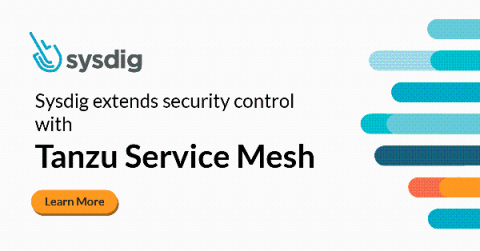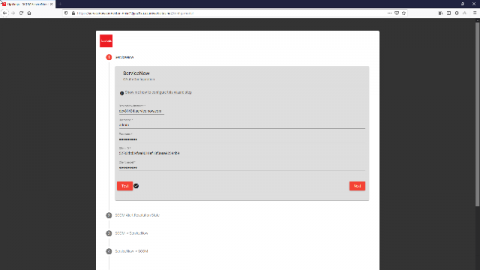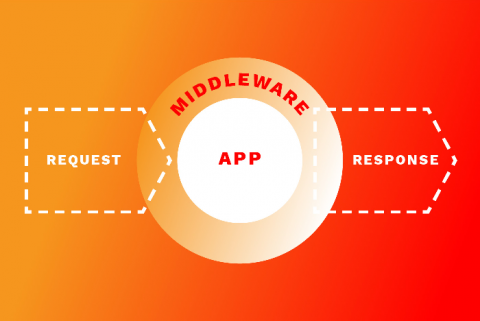How SIGNL4 supports geolocation and GPS information
SIGNL4 provides great support for geolocation information and in multiple ways. When a new alert with geolocation information is displayed in the mobile app, the app renders a map to visualize geographic information of the incident. A double click allows to open the default map application on the mobile device, e.g. to get directions or traffic information.











